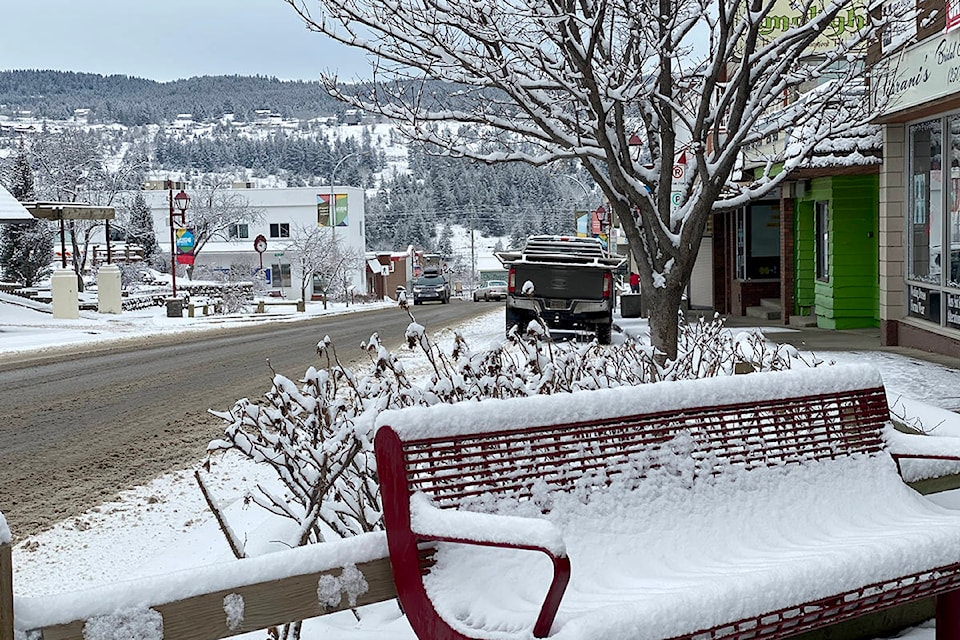Jenny Howell
Special to the Tribune/Advisor
Is every snowflake really different? (yes). Are all snowflakes six-sided? (no). Why do we get snow, and not ice falling out of the sky? (it’s complicated). What is ‘qanik?’ (inuktituk for ‘falling snow’). Does snow really have fleas? (yes!).
Welcome to the Gavin Lake Snow Science module, sponsored by the Conservation Society, where Grade 5 and 6 students come to answer all these questions and more.
They learn how snow crystals form and about Mr. Wilson Bentley who first photographed them in 1910.
They discover snow crystal families and snow thermometers (temperature affects which snow crystals form) and become friends with snow fleas under microscopes.
Then we go on to explore how these delicate and often stunningly beautiful snow crystals form our snowpack, storing water for our spring and summer ahead.
How the depth of the snowpack can affect so many things, from droughts and floods to river levels, the health of salmon and the production of B.C.’s electricity.
Lastly we focus on the darker side of the snowpack with a short exploration of avalanches. Students practice using avalanche beacons (kindly donated by Red Shreds) to find a buried backpack. We emphasize the need to get some proper training and equipment if they take up back country skiing or snowmobiling as adults- half an hour at Gavin Lake does not count!
Read More: DOWN TO EARTH: How lucky are we?
While at Gavin Lake, students also snow- shoe, cross- country ski, toboggan and enjoy the skating rink.
The Conservation Society is happy to partner with Gavin Lake, helping to keep these trips free for classes so that most kids in our school district will experience the mixture of science and outdoor activities that Gavin can offer, far away from the lure of cellphones and the online world.
There is something just so normal and healthy about seeing red-cheeked kids playing, laughing and tumbling in the snow, chatting and sharing stories with the adults around them and gobbling down large plates of spaghetti at supper time. While the Internet has brought us so many good things, kids today face so many different pressures than those of us raised before the days of all engulfing social media.
Hopefully their time at Gavin Lake can be a little window into a simpler age they can carry with them back home.
I overheard one student say they loved that no-one has their phones at Gavin, because kids were actually playing games together and not looking at screens; a slightly sad commentary on modern life as a child.
So while learning about ice layers and how to draw graphs of the snowpack is undoubtedly an integral part of coming to Gavin Lake, the most important part of the trip is probably happening between the structured lessons.
Kids washing dishes and cleaning bathrooms together, sharing cabins and having undistracted time for giggling and playing - some space and freedom to just be kids.
Go to the Gavin Lake Facebook page to check out a video of this year’s Winter Program: https://www.youtube.com/watch?v=BJdUNbGFhTs&feature=youtu.be
Conservation tip of the month: While you are enjoying the outdoors this winter, be sure to turn down your thermostat to 18°C to save on energy!
Jenny Howell is a Water Wise instructor and the executive director of the Cariboo Chilcotin Conservation Society.
Do you have a comment about this story? email:
editor@wltribune.com
Like us on Facebook and follow us on Twitter.
